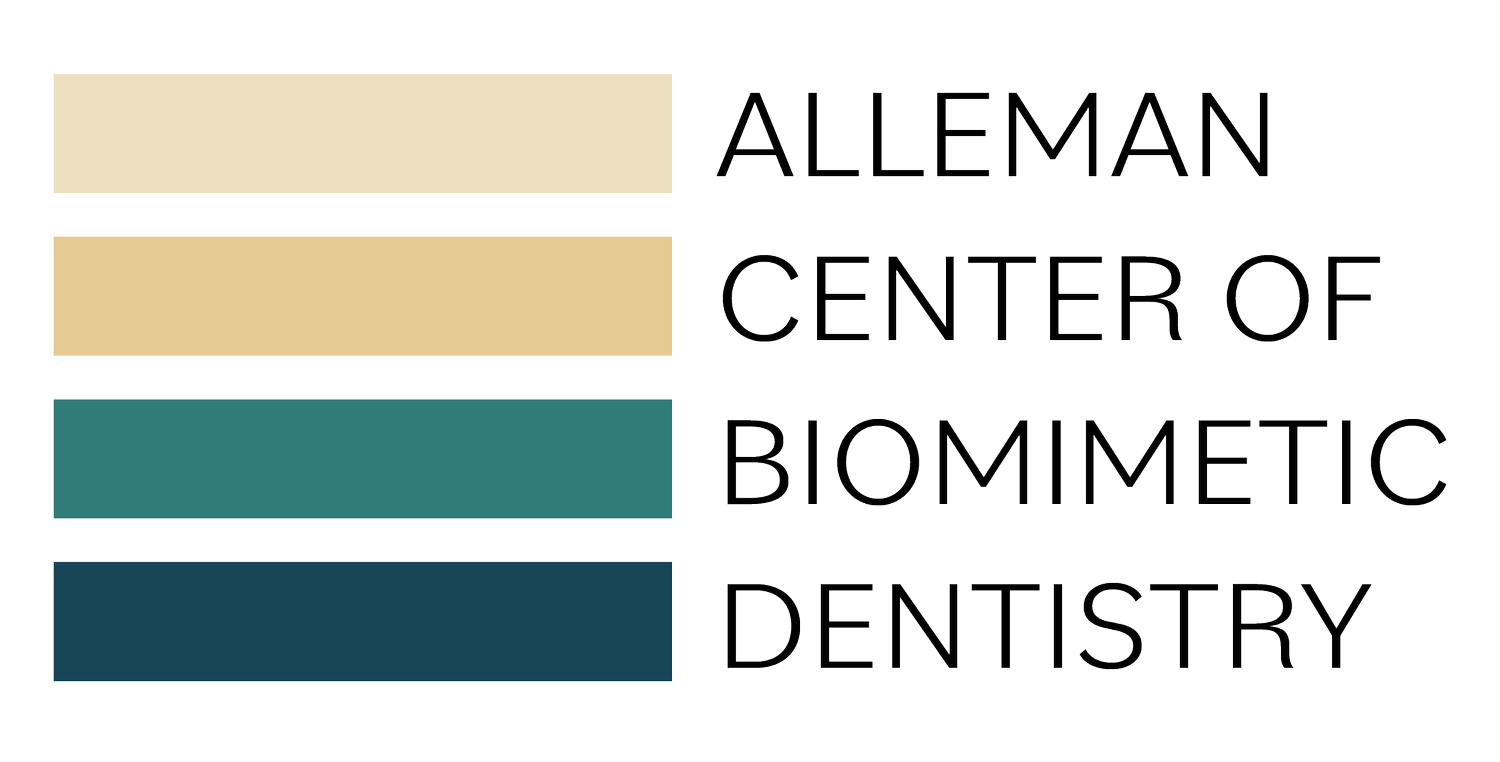The Peripheral Seal Zone Concept (PSZ) for Restorative Dentistry
The peripheral seal zone is the two millimeters of dentin inside the dentin-enamel junction. Defined in the 2012 article by Dr. David Alleman and Dr. Pascal Magne, A systematic approach to deep caries removal end points: the peripheral seal concept in adhesive dentistry, this area helps practitioners identify the dentin bonding field for adhesive dentistry while preventing pulp exposures. The peripheral seal zone concept guides predictable caries removal endpoints and crack removal endpoints to increase bond strength, reduce restoration stresses and protect the tooth’s vitality.
This is an early diagram of the peripheral seal zone concept by Dr. David Alleman, DDS.
Developing the Peripheral Seal Zone Concept
Dr. David Alleman began researching tooth anatomy while developing his Six Lessons Approach to Biomimetic Restorative Dentistry in order to increase predictability of caries and crack treatment. After dissecting hundreds of extracted teeth, he identified precise measurements of the pulp chamber, preventing pulp exposures during treatment of deep pathologies. By adopting this protocol in his own practice, he was able to nearly eliminate pulp exposures in cases of deep caries.
Diagram from the 2012 article by Dr. David Alleman and Dr. Pascal Magne.
A Systematic Approach by Alleman and Magne
After using this concept in his own practice for over five years, Dr. David Alleman partnered with Dr. Pascal Magne to publish A systematic approach to deep caries removal end points: the peripheral seal concept in adhesive dentistry, Quintessence Int. 2012 Mar;43(3):197-208. The peripheral seal zone concept systematizes caries treatment by creating clear guidelines for when to stop caries removal with every case. The peripheral seal zone cannot be established without the use of caries detector dye. This additional predicability protects pulp vitality and improves bond strengths to dentin.
This case by Dr. Davey Alleman, DMD shows the caries- and crack-free peripheral seal zones, the final step before the dentinal bonding agent.
Biomimicry for longer lasting restorations
Natural teeth function as a compression dome around the pulp chamber, so a tooth is connected side-to-side, front-to-back and top-to-bottom around a hollow center. Domes can support impressively high loads (search for images of cars being supported by four tea cups) due to their arched shape. This dome shape in natural teeth allows them to similarly function under high occlusal stresses without fracture. When restoring a tooth, recreating this compression dome function with strong bonds around the pulp chamber helps return a tooth to its natural function and continue to withstand the forces of chewing.
The peripheral seal zone concept also outlines when to stop caries removal to prevent pulp exposure. In this case by Dr. Davey Alleman, DMD, caries is left in the central stop zone and then sealed with immediate dentin sealing.
Applications of the peripheral seal zone concept for practitioners
The Six Lessons Approach advocates for use of caries detector dye with every case for complete caries removal in the peripheral seal zone, not to be confused with complete caries removal overall. Pairing caries detector dye with the peripheral seal zone concept allows for the highest possible bond strengths around the pulp while preventing pulp exposure, outlining exactly where tissue should and should not be removed. The peripheral seal zone concept can be used with crack treatment as well to safely remove as much of the crack as possible without exposing the pulp.
The peripheral seal zone concept also guides crack removal to protect the pulp. In this case by Dr. Davey Alleman, DMD, the crack is fully removed in the peripheral seal zone and left in the central stop zone (visible as the pink line from caries detector dye).
Consistent restorative outcomes that resolve patient symptoms and protect the tooth from future reinfection or failures start with a caries- and crack-free peripheral seal zone. Learn more about improving adhesive dentistry with biomimicry in Alleman Center biomimetic dentistry training programs.
Learn more about the peripheral seal zone concept in this Six Lessons Approach Podcast episode with Dr. David Alleman, DDS.





